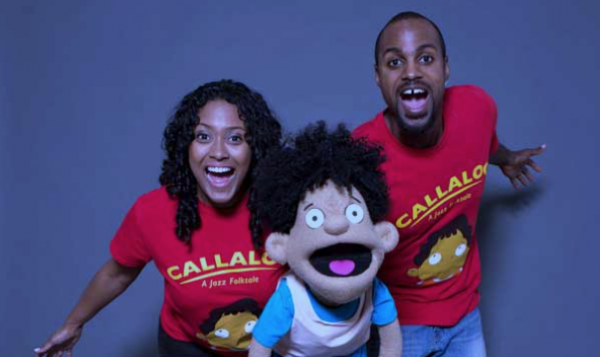“Callaloo”: The Dish and The Book
The Callaloo book series aims to promote cultural literacy amongst children (PHOTO COURTESY OF CALLALOO)
February 26, 2016
Callaloo, a stewed dish made from either dasheen or spinach is a staple in every West Indian Household. It can be served with saltfish or crabs and fungee (foon-gee), on the side of some oxtail and rice, or by itself, for breakfast, lunch or dinner. From the Bahamas to Antigua, Dominica to Trinidad, it’s more than a dish— it’s an icon, a delicious symbol of Caribbean culture. Thanks to alumna Marjuan Canady, Fordham College at Lincoln Center (FCLC) ’08, “Callaloo” has become an interactive children’s media brand that aims to promote the cultural literacy of Caribbean American culture through children’s books, animation, live performance, digital content, games and arts education tools.
The first book in the “Callaloo” children’s series, titled “Callaloo: A Jazz Folktale,” follows the story of Winston, a little boy who loves to eat callaloo. In his greed, he eats an entire batch in one sitting and is sent on a quest by his aunt to buy more ingredients. As adventure would have it, he rides the subway from New York City to Tobago, the twin island of the nation of Trinidad and Tobago, where he encounters various creatures from Caribbean folklore (e.g. Papa Bois, Soucoyant, La Diablesse, Lagahoo and the Dwens) who show him the danger of his greediness and help him get back home.
Canady shared that Winston, the protagonist, is in a way a male version of her childhood self, “growing up in America but having roots in the Caribbean.” Like Winston, Canady grew up in a city, Washington, D.C. to be exact, and would visit family in Trinidad throughout the year. She says, “I wanted to create a character that had my similar mindset being from an American city and identifying with somewhere else but still have these lived practices.”
For Canady, promoting cultural literacy in children is the driving force behind “Callaloo.” Cultural literacy—a term coined by author E.D. Hirsch in the late 1980s—refers to the ascertainment of knowledge of a certain culture or people group. Canady shared that “instill[ing] cultural understanding and building tolerance in children from an early age is something that allows one to develop as an adult.” She recognizes that cultural literacy can be more beneficial for the next generation, because children are the adults of tomorrow. When asked about her target audience she shared, “It’s definitely something Caribbean kids and specifically Caribbean American kids can identify with and take pride in, but it’s also something for all kids. Because there’s not a lot of books that have black and brown children at the center, and [children are] interested in these other perspectives and other traditions. I’ve found, kids are much more open to learning about these things in a way that is not judgmental.”
“Callaloo: A Jazz Folktale” and the newest book in the series “Callaloo: The Legend of the Golden Coqui” (co-written with help from alumni Lorena Jorge, FCLC ’06, and Christin Cato, Fordham College Rose Hill (FCRH) ’09) are available for purchase at Barnes and Noble and on amazon.com. To read more about Canady, Jorge and Cato’s work, visit www.callaloothebook.com












